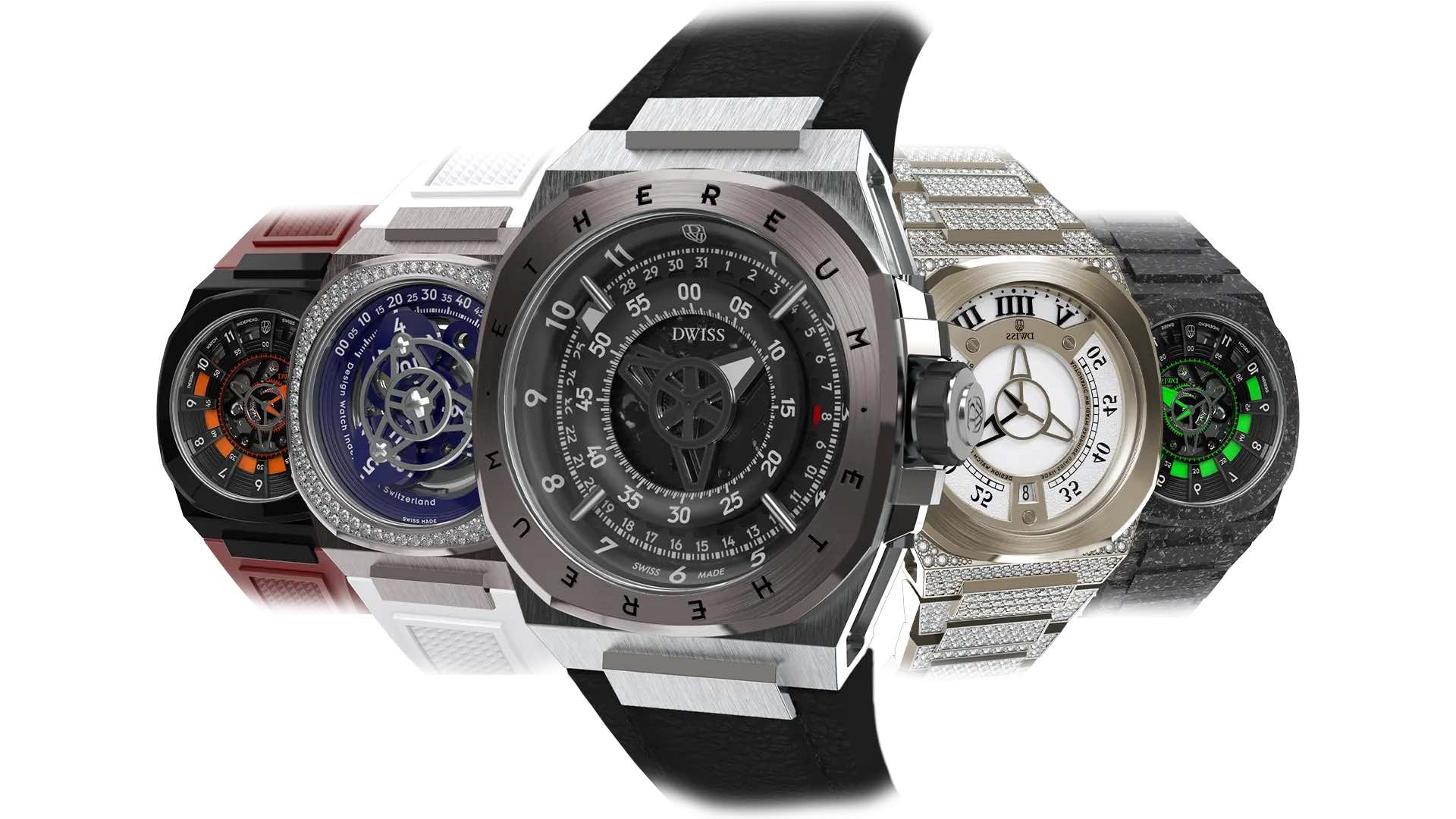
In the 3D internet which will be a seamless and continuously lived digital experience we will all have avatars, perhaps multiples of them, to puppet with.
Said avatars are going to need to be clothed (outside of the virtual red light districts and nudist beaches naturellement) and what better way to do that than port the entire economy and shopping experience IRL into the metaverse.
Don’t just take my word for it. Mark Zuckerberg has pre-imagined this all for you,
"Avatars will be as popular as profile images, but instead of a static image, they'll be live 3D representations of you, your expressions, and movements that will enable interactions possible,” he said last October when announcing Facebook’s rebranding to Meta.
“You'll most likely have a photorealistic avatar for business, a stylized one for socializing, and perhaps even a fantasy avatar for gaming. You'll have a virtual wardrobe of outfits for various events, made by various designers and sourced from various applications and experiences.”
Most people already present at least two distinct public personas: physical and online. While every top fashion business tends to have a physical presence, some of them give less importance to their online presence. On the other hand, online identities will be equally significant as real-life personas in metaverses. As a result, fashion brands are developing digital accessories and clothes.
There are loads of examples of experimentation as high street brands buy up real estate on proto-metaverse platforms like The Sandbox and Decentraland or pop-up brand activations on gaming sites like Roblox and Fortnite.
Valentino presented its Spring & Summer Collection in Nintendo's ‘Animal Crossing: New Horizons’ game. Gucci has designed and produced four sportswear lines for the Tennis Clash characters created by created by Wildlife and French fashion house Balenciaga debuted its 2021 Fall & Winter Collection in the game ‘Afterworld: The Age of Tomorrow.’

Fancy buying a luxury virtual watch?
NFTs
But it is NFTs which are proving popular. Most virtual luxury products have already been sold in limited quantities, and customers have received an NFT (non-fungible token) as proof of ownership.
The idea is that users will transport attire, accessories, and home décor from one platform to another (for example, from Fortnite's gaming world to Meta's reality) in the Metaverse.
Sneaker enthusiasts can purchase digital versions of Nike Cryptokick shoes, which you can preserve in your virtual locker or worn by characters in Fortnite. Adidas’ latest collection dubbed 'Into the Metaverse,' will include virtual wearables that purchasers can use on online platforms and match with their real clothes.
Morgan Stanley analysts estimate that the market for virtual luxury items might be worth $50 billion by 2030.
An NFT is considered a digital proof of ownership in theory making it more difficult to change or duplicate them than physical copies (the luxury fashion world is full of counterfeit goods). NFTs are securely stored on a blockchain — the same technology that underpins cryptocurrencies, ensuring irreplaceable assets.
Now DWISS has become the first watch company to market its latest physical range also as NFTs that users will also be able to ‘wear’ on their avatar’s wrists. It is selling 10’000 “hyper-realistic watch renderings” inspired on its real watches.
If you’ve got the money spare, why not indulge? Brands like DWISS and Nike are being encouraged to invest in the metaverse because that’s where they are told younger demos (Gen Z) are hanging out. And Gen Z are the future right? Nothing wrong with brands trying to recreate community around their product in the new online space so long as everyone treats the enterprise with a sense of humour and perspective.
DWISS note for example that “no raw resources are used to produce luxury items for the Metaverse; therefore, labour is minimal. That means that practically all earnings will come from selling virtual garments and accessories.”
I’m not sure if it’s being serious or not.
Tags: Technology NFT


Comments